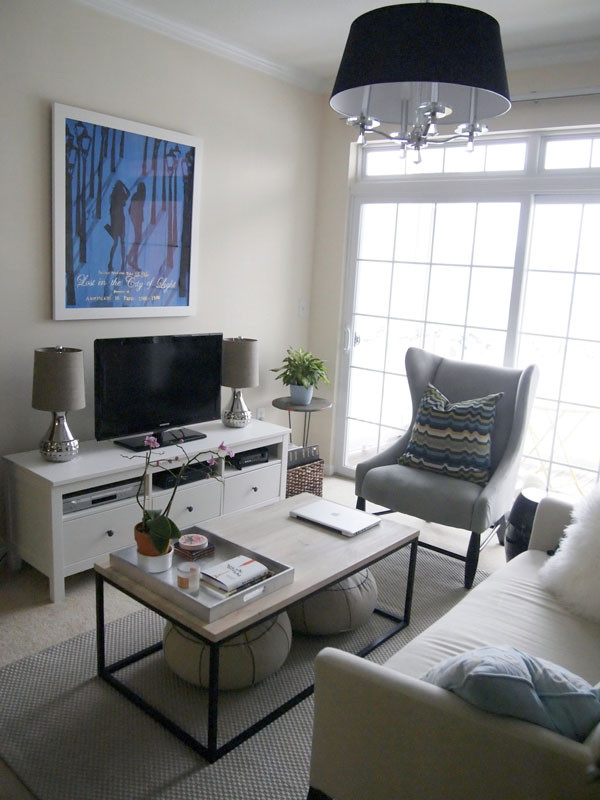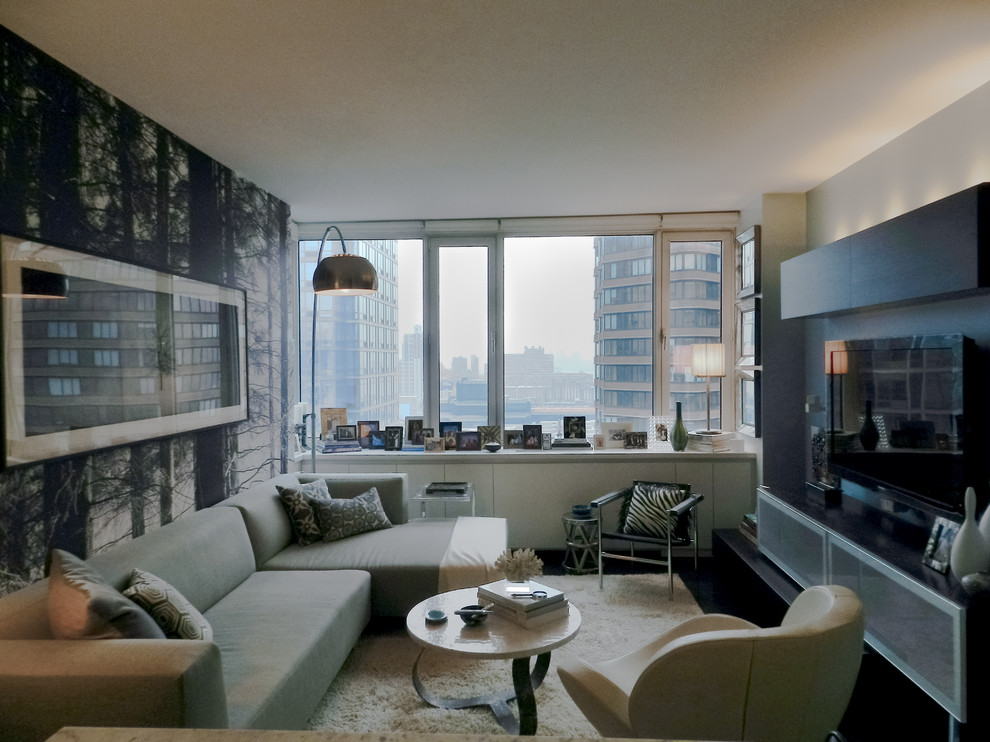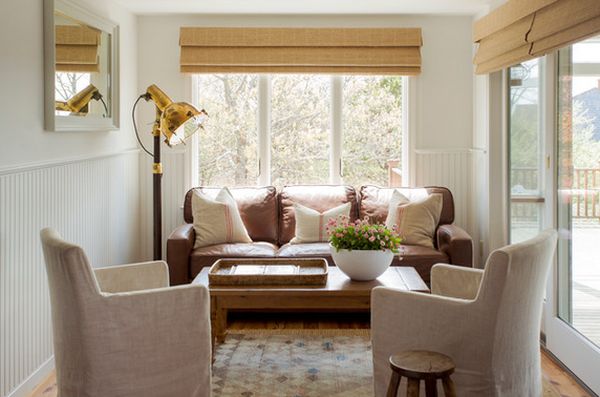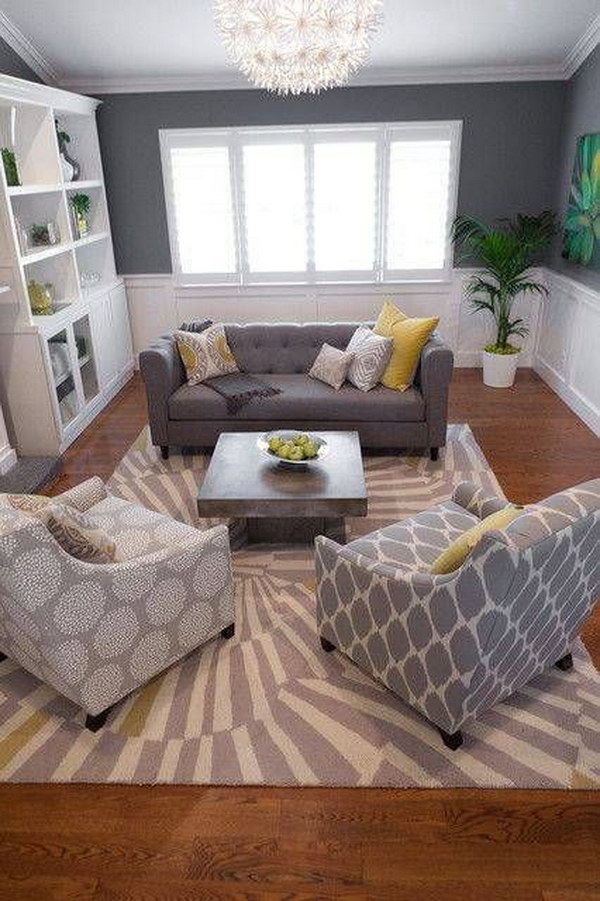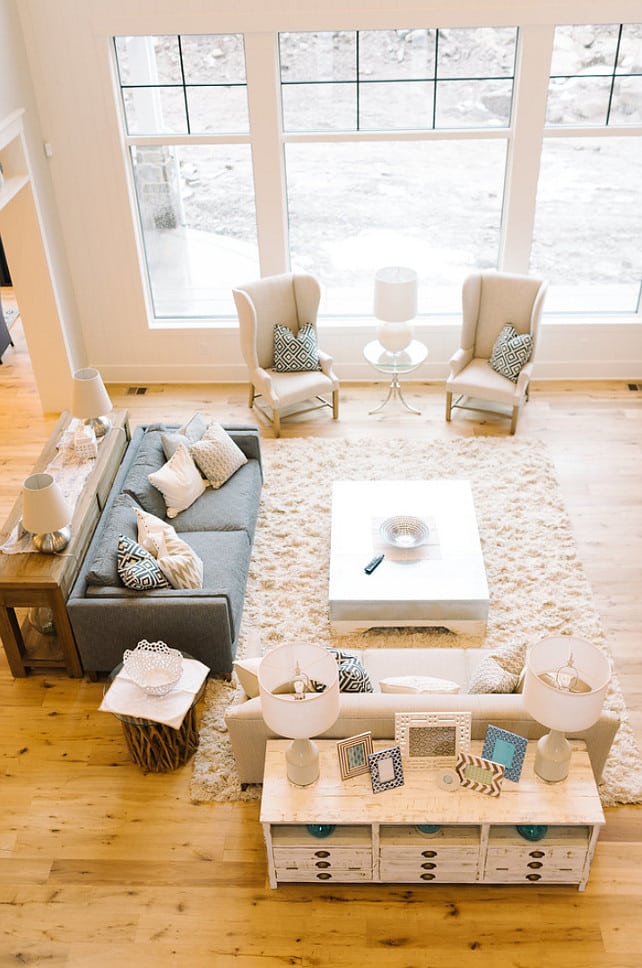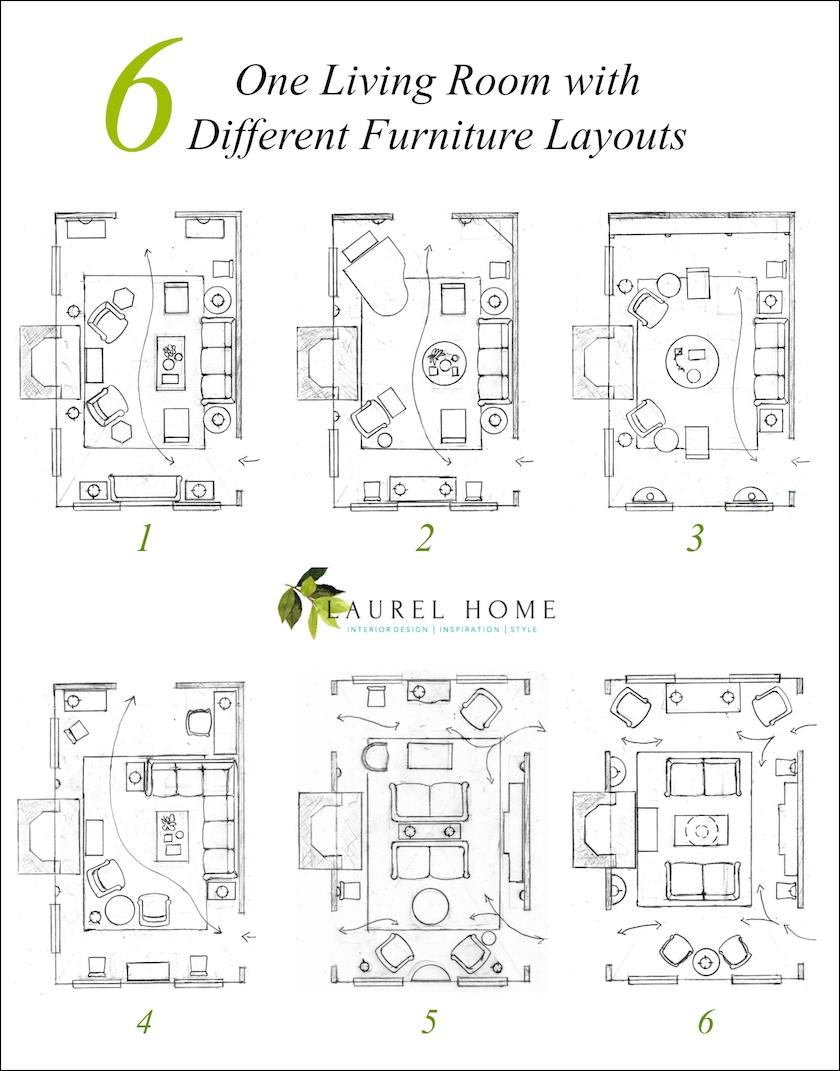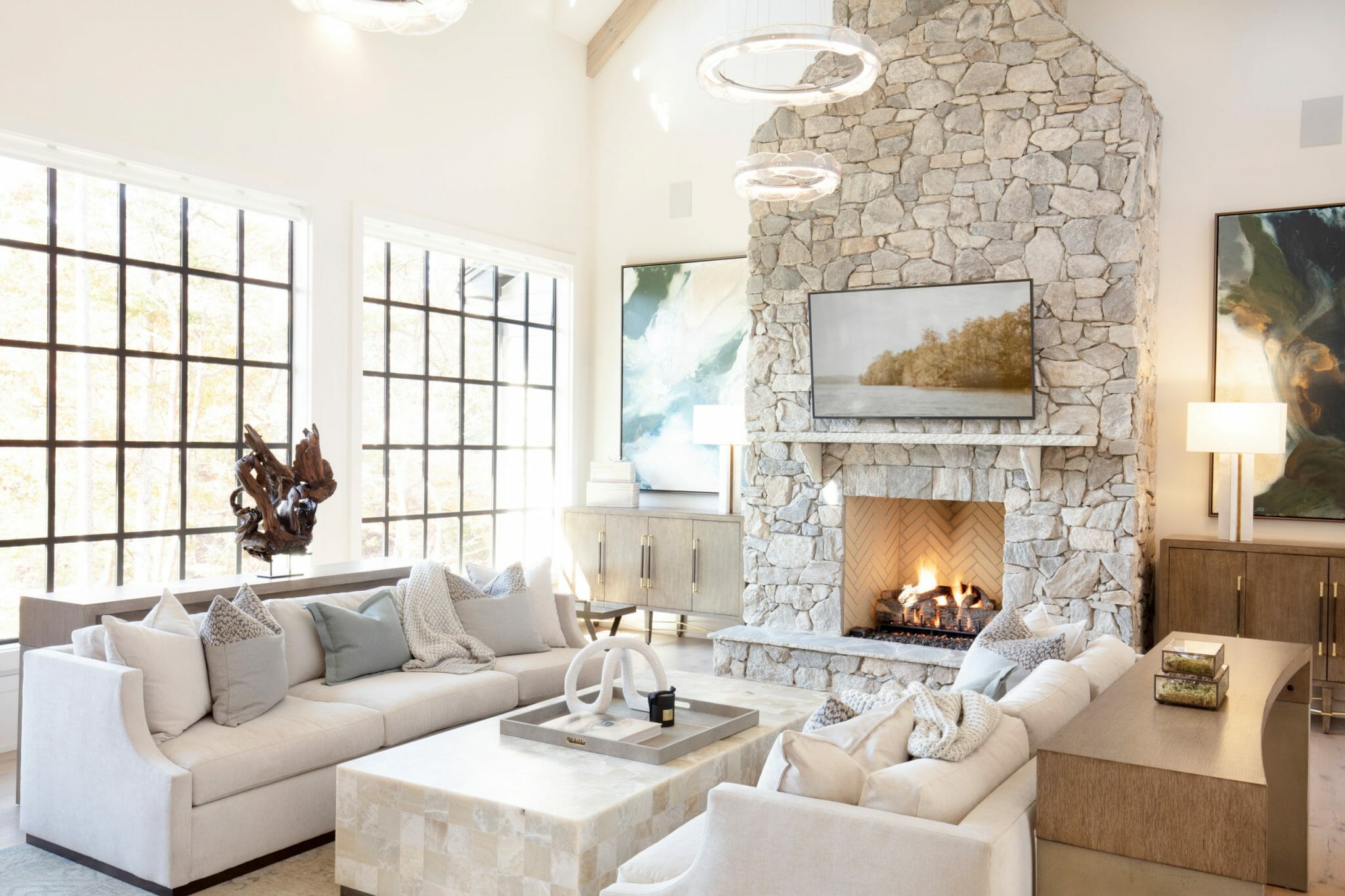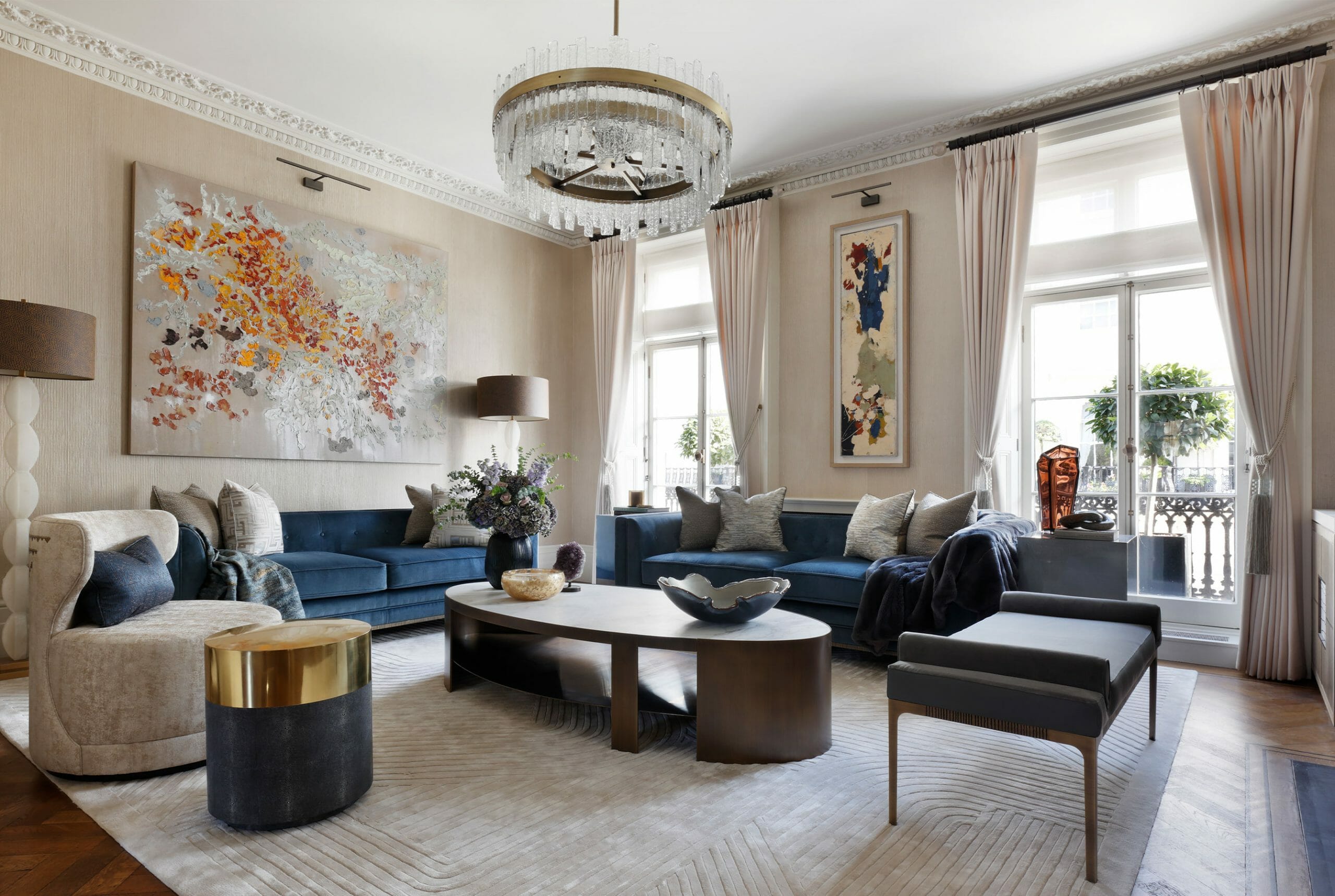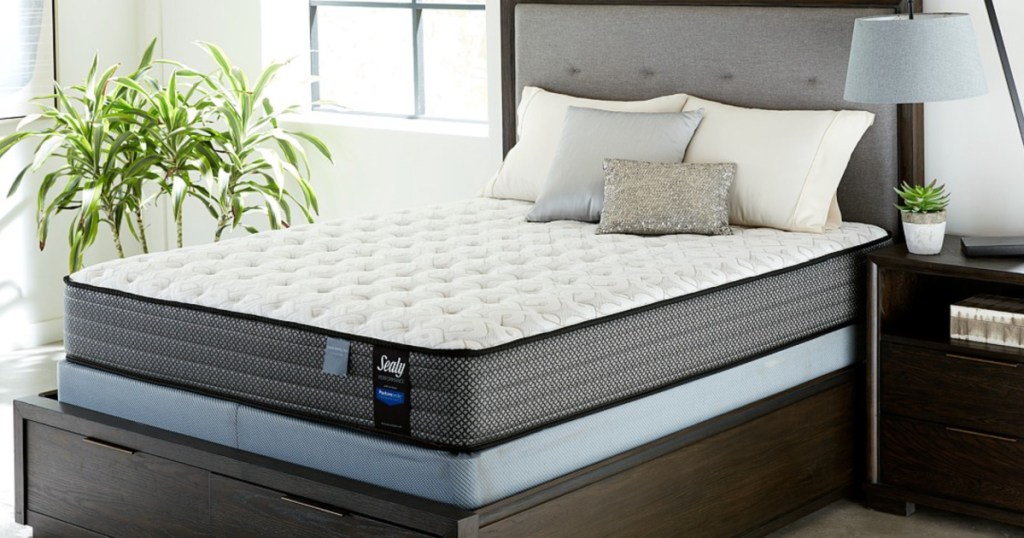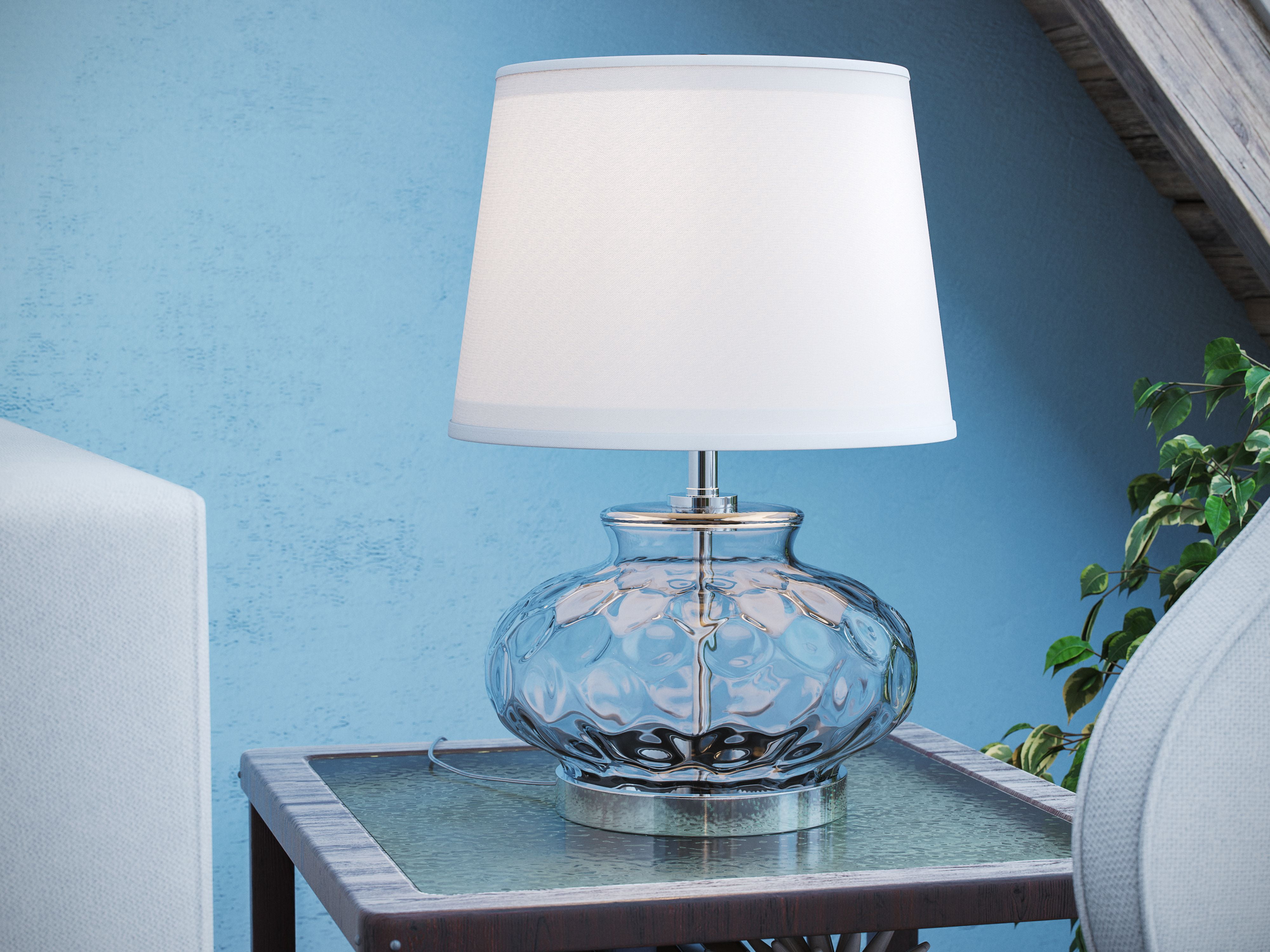If you have a small living room, you may feel limited in terms of furniture placement. But fear not, because with the right living room layout ideas, you can make the most of your space and create a cozy yet functional living area. Here are 10 tips for arranging furniture in a small living room: 1. Start with a focal point: When arranging furniture in a small living room, it's important to have a focal point to help anchor the room. This could be a fireplace, TV, or a large window with a view. Arrange your furniture around this focal point to create a sense of balance and harmony. 2. Use multipurpose furniture: In a small living room, every piece of furniture should serve a purpose. Consider using a storage ottoman as a coffee table, or a sofa bed for extra seating and sleeping space. This will help you save space and make your living room more functional. 3. Consider the flow of traffic: When arranging furniture in a small living room, you'll want to ensure that there is a clear flow of traffic. Avoid blocking doorways or creating obstacles that make it difficult to move around the room. Leave enough space between furniture pieces for easy movement. 4. Use mirrors: Mirrors can be a great trick for making a small living room feel larger and more spacious. Place a large mirror on one of the walls to reflect light and make the room feel brighter and more open. 5. Choose small-scale furniture: When it comes to furniture for a small living room, less is more. Opt for smaller furniture pieces that won't overwhelm the room and take up too much space. For example, a loveseat instead of a full-sized sofa, or a slim armchair instead of a bulky recliner. 6. Create zones: In a small living room, it can be helpful to create different zones for different activities. This will not only make the room feel more organized, but it will also make it more functional. For example, you could have a seating area, a reading nook, and a TV area. 7. Utilize vertical space: In a small living room, it's important to think vertically. Use tall bookshelves or wall-mounted shelves to make the most of your vertical space and free up floor space. This is especially helpful if your living room has high ceilings. 8. Consider the shape of your furniture: When choosing furniture for a small living room, consider the shape and size of the pieces. For example, a round coffee table may be a better choice than a rectangular one, as it takes up less space and allows for easier movement around it. 9. Don't be afraid to mix and match: Just because your living room is small doesn't mean all your furniture has to match perfectly. In fact, mixing and matching different styles and colors can make a small living room feel more interesting and eclectic. Just be sure to keep the scale of the furniture in mind. 10. Use light colors: Lastly, when it comes to small living room layout ideas, using light colors can make a big difference. Light colors reflect light and make a small space feel bigger and more open. Stick to a light color palette for your walls, furniture, and decor to create a bright and airy living room.Living Room Layout Ideas: How to Arrange Furniture in a Small Living Room
Looking for more living room layout ideas? Here are 10 more tips to help you make the most of your space: 1. Create a conversation area: Arrange your furniture in a way that encourages conversation and interaction. This could be by placing chairs facing each other, or by creating a cozy seating area around a coffee table. 2. Use rugs to define spaces: In an open concept living room, use rugs to define different areas, such as a seating area, dining area, and entryway. This will help create a sense of separation and organization in the space. 3. Consider the view: If your living room has a great view, make sure to arrange your furniture in a way that takes advantage of it. Place your seating area facing the window to make the most of the natural light and beautiful scenery. 4. Use a sectional: In a large living room, a sectional can be a great option for creating a cozy and comfortable seating area. Place the sectional in an L-shape to create a sense of enclosure and intimacy. 5. Get creative with seating: Don't feel limited to traditional seating options in your living room. You can use floor cushions, poufs, or even bean bags to create additional seating and add a fun and casual touch to the space. 6. Consider the function of the room: When arranging furniture in your living room, think about how you'll be using the space. If you often entertain guests, make sure to have plenty of seating options. If it's primarily a space for relaxation, focus on creating a comfortable and inviting atmosphere. 7. Use a gallery wall: A gallery wall can be a great way to add visual interest and personality to your living room. Group together your favorite art pieces, photos, and other decor items to create a unique and eye-catching display. 8. Don't forget about lighting: Lighting is an important factor to consider when arranging furniture in your living room. Make sure to have a mix of overhead lighting, task lighting, and ambient lighting to create the right mood and atmosphere in the space. 9. Consider the size of your TV: If you have a large TV, make sure to arrange your furniture in a way that allows everyone to comfortably view it. This could mean placing the TV on a wall-mounted bracket, or using a TV stand that can be moved around to different angles. 10. Don't be afraid to change it up: Your living room layout doesn't have to be set in stone. If you feel like the arrangement isn't working, don't be afraid to switch things up and try a different layout. You may be surprised at how much it can change the look and feel of the room.10 Living Room Layout Ideas to Make the Most of Your Space
If you're working with a small living room, it's important to make every inch count. Here are 15 simple small living room ideas that are both stylish and functional: 1. Use a neutral color palette: Neutral colors like white, beige, and gray can make a small living room feel more spacious and airy. You can add pops of color with accent pillows, rugs, and other decor items. 2. Make use of vertical space: Just like in a small living room, utilizing vertical space is key. Install floating shelves or hanging planters to add storage and decor without taking up valuable floor space. 3. Use a statement piece: In a small living room, a bold statement piece can add personality and interest without overwhelming the space. This could be a colorful accent chair, a unique coffee table, or a piece of art. 4. Invest in multipurpose furniture: As mentioned before, multipurpose furniture is a great way to save space in a small living room. Look for pieces that can serve multiple functions, such as a storage ottoman or a sofa bed. 5. Use mirrors to create the illusion of space: Mirrors are a great way to make a small living room feel larger. Hang a large mirror on one of the walls to reflect light and create the illusion of more space. 6. Keep it clutter-free: In a small living room, clutter can make the space feel chaotic and cramped. Keep your living room organized and clutter-free by using storage solutions like baskets, bins, and shelves. 7. Add natural elements: Bringing in natural elements like plants, wood, and stone can add warmth and texture to a small living room. Consider incorporating them through furniture, decor, or even a living wall. 8. Choose furniture with legs: Furniture with exposed legs can create a sense of openness and make a small living room feel less crowded. Look for sofas, chairs, and tables with legs instead of pieces that sit directly on the floor. 9. Use a monochromatic color scheme: Another way to create a sense of space in a small living room is by using a monochromatic color scheme. Stick to different shades of one color to create a cohesive and visually appealing look. 10. Create a focal point with wallpaper: If you have a small living room with a blank wall, consider using wallpaper to create a focal point. Choose a bold pattern or a bright color to add interest and personality to the space. 11. Maximize natural light: Natural light can make a small living room feel bigger and more inviting. Keep your windows uncovered or use sheer curtains to allow as much light in as possible. 12. Use a large area rug: A large area rug can help define a small living room and make it feel more put-together. Choose a rug that fits under all your furniture to anchor the space and tie everything together. 13. Keep it simple: When it comes to small living room ideas, less is often more. Avoid overcrowding the space with too much furniture or decor, and stick to a simple and streamlined design. 14. Make use of corners: Corners are often overlooked in a small living room, but they can be valuable space for storage or decor. Consider adding a corner shelf, a floor lamp, or a cozy reading nook in one of the corners. 15. Don't forget about the ceiling: Lastly, don't forget about the ceiling when decorating a small living room. Painting it a lighter color or adding a fun pattern can draw the eye upwards and make the room feel taller and more spacious.15 Simple Small Living Room Ideas Brimming With Style
If you're tired of the same old living room layout ideas, here are a few that defy the standards and add a unique touch to your space: 1. Use a daybed as a sofa: Instead of a traditional sofa, try using a daybed in your small living room. This will not only add a cozy and comfortable spot to sit, but it can also double as a guest bed when needed. 2. Create a statement wall with tile: Instead of using wallpaper or paint, consider using tile to create a statement wall in your living room. Choose a bold pattern or color to add personality and interest to the space. 3. Incorporate a hanging swing: For a fun and unique seating option, consider incorporating a hanging swing in your small living room. This will not only add a touch of whimsy, but it can also free up valuable floor space. 4. Use a mix of textures: Instead of sticking to one style or texture, mix it up in your small living room. Combine different textures like leather, velvet, and wood to add depth and interest to the space. 5. Create a cozy reading nook: If you have a small corner or alcove in your living room, turn it into a cozy reading nook. Add a comfortable armchair, a floor lamp, and a bookshelf to create a quiet and inviting spot to curl up with a book. 6. Use a bar cart as a side table: Bar carts aren't just for entertaining. They can also make great side tables in a small living room. Use it to hold drinks and snacks during parties, and as a functional and stylish piece of furniture when not in use. 7. Add a pop of color: In a neutral living room, a pop of color can make a big impact. Choose a bright and bold color for an accent wall, a piece of furniture, or a few accessories to add a fun and unexpected touch to the space. 8. Use a large piece of art: Instead of hanging multiple small pieces of art, try using one large statement piece in your small living room. This will create a focal point and make the space feel more put-together. 9. Incorporate a hanging chair: Just like a hanging swing, a hanging chair can be a fun and unexpected addition to a small living room. It can also be a great space-saving seating option, as it can be easily moved when not in use. 10. Add a touch of greenery: Don't forget to incorporate some plants in your small living room. Not only do they add life and color to the space, but they also have air-purifying benefits and can make the room feel more inviting and cozy.Small Living Room Ideas That Defy Standards With Their Stylish Designs
When it comes to living room layouts, there is no one-size-fits-all solution. The best layout for your living room will depend on the size and shape of your space, as well as your personal preferences and lifestyle. Here are a few living room layouts and ideas to consider:Living Room Layouts and Ideas
Maximizing Space: Creative Room Layout Ideas for Your Living Room

When it comes to designing your living room, one of the biggest challenges is finding the right room layout that not only looks aesthetically pleasing but also maximizes space. Your living room is the heart of your home, where you gather with family and friends to relax, entertain, and make memories. Therefore, it is essential to have a well-organized and functional living room layout that suits your lifestyle and reflects your personal style.
Start with a Focal Point
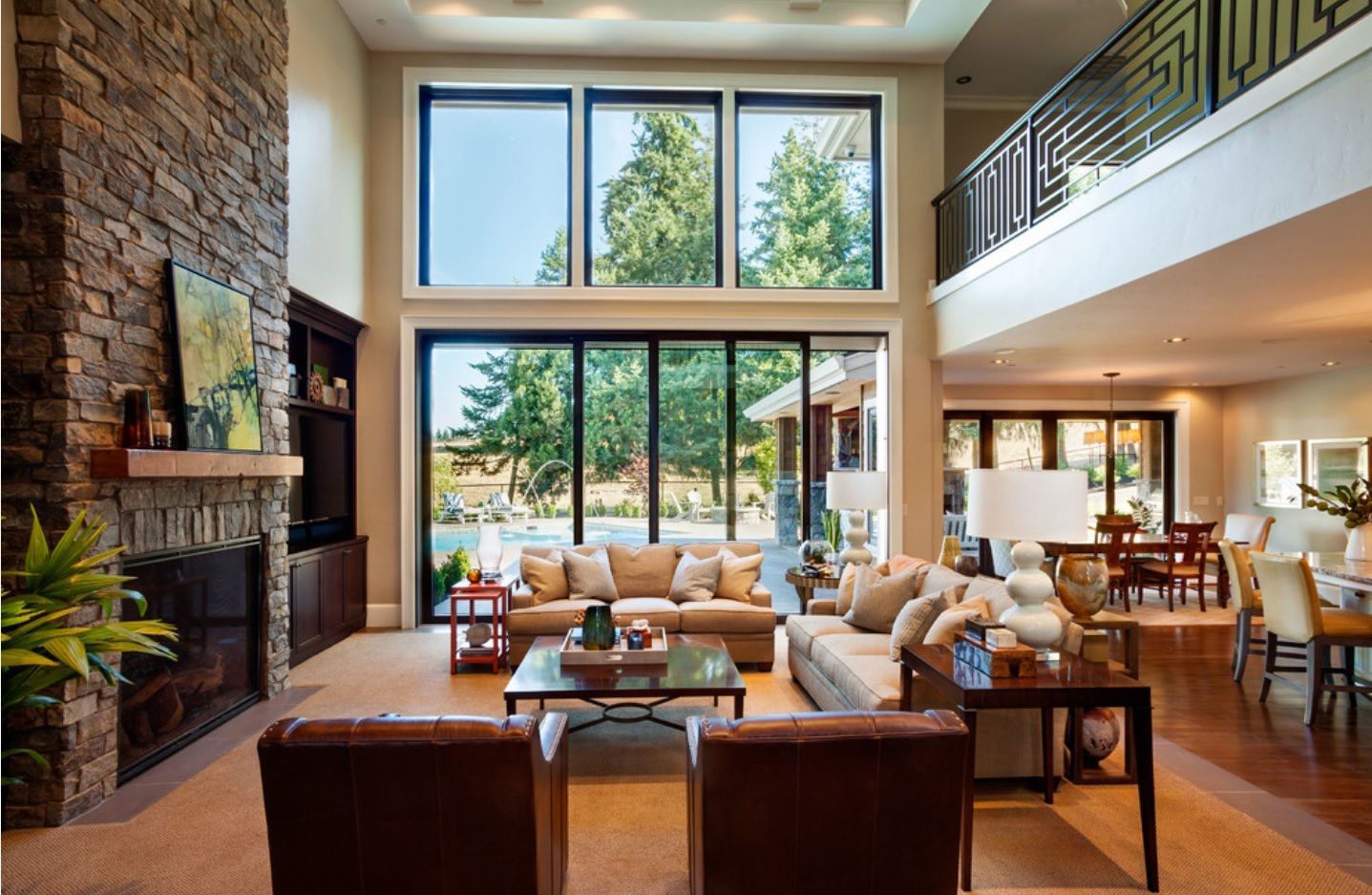
The first step in designing your living room layout is to identify a focal point . It could be a fireplace, a stunning piece of artwork, or a large window with a beautiful view. A focal point will serve as the main attraction and set the tone for the overall design of your living room. Arrange your furniture around the focal point to create a cohesive and visually appealing layout.
Consider Traffic Flow
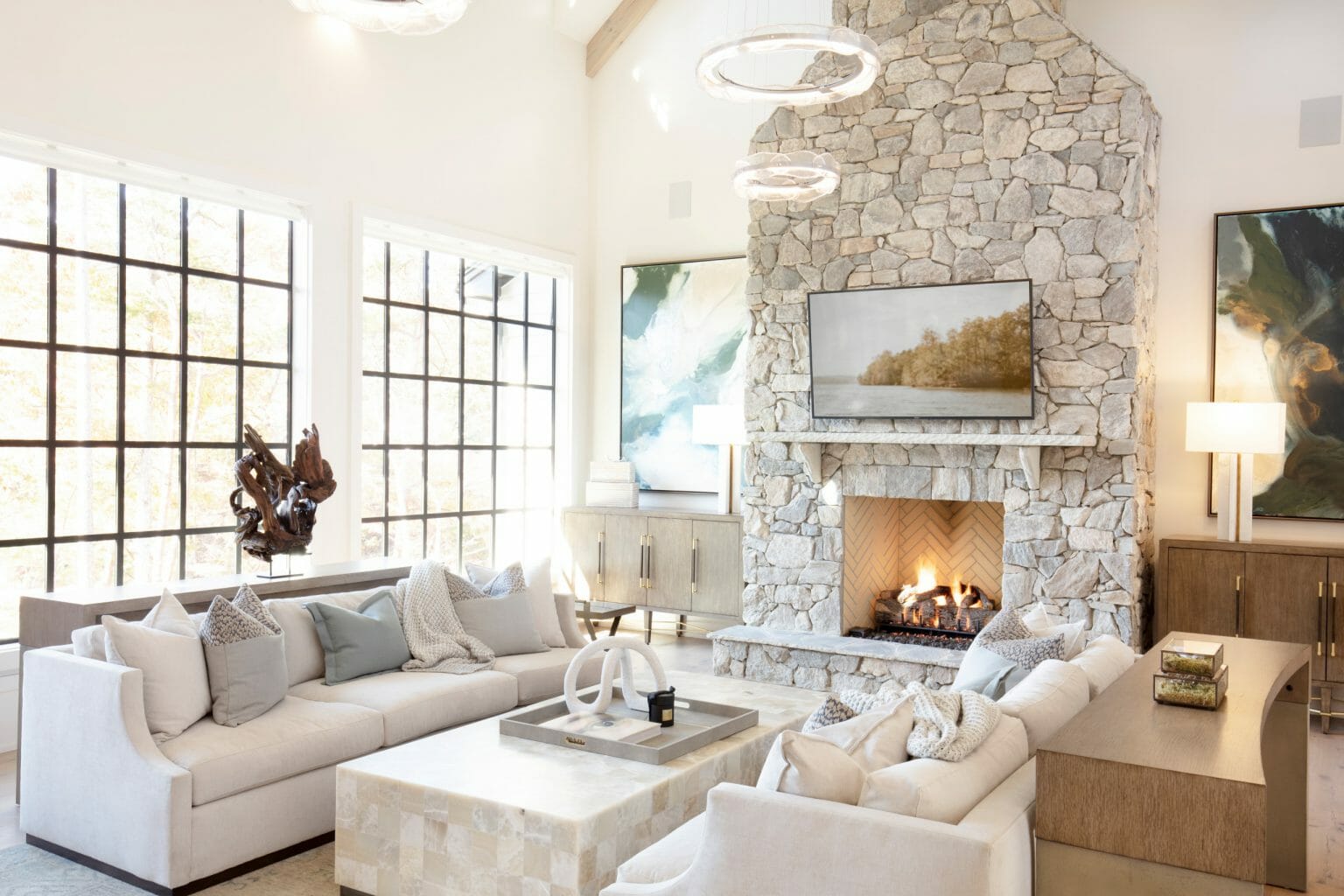
Another crucial factor to keep in mind when designing your living room layout is the traffic flow . You want to ensure that there is enough space for people to move around comfortably without having to navigate through furniture. It is recommended to leave at least 3 feet of space for walkways. Consider the placement of doors and windows as well, and make sure they are not obstructed by furniture.
Utilize Multi-Functional Furniture

In smaller living rooms, it is essential to maximize space by using multi-functional furniture. Invest in pieces that can serve multiple purposes, such as a coffee table with hidden storage or a sofa bed. This will not only save space but also add functionality to your living room layout.
Experiment with Different Layouts
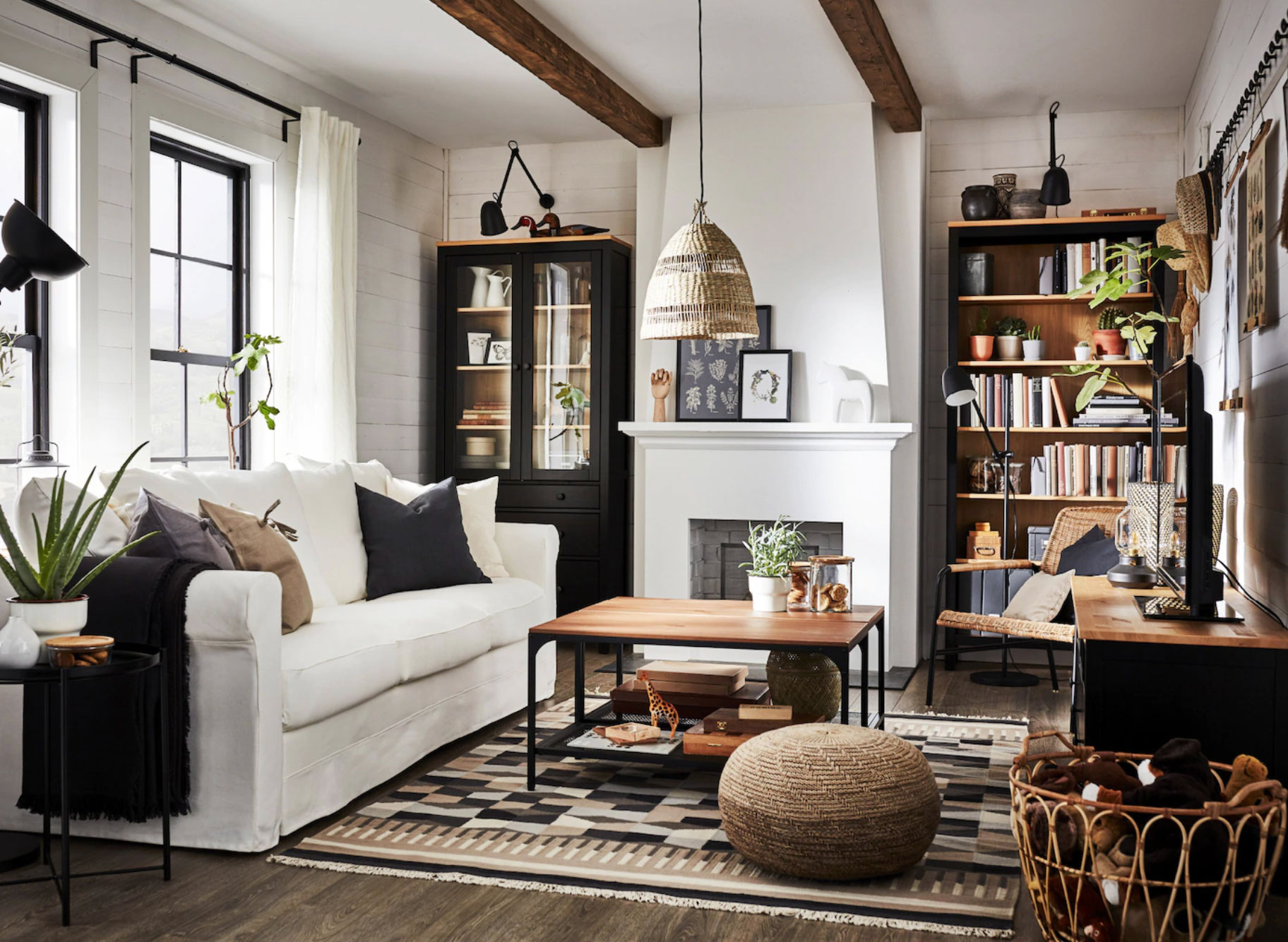
There is no one-size-fits-all solution when it comes to room layouts . It is important to experiment with different arrangements to find what works best for your living room. You can try placing your furniture at different angles, using rugs to define different areas, or incorporating different levels of seating. Don't be afraid to think outside the box and get creative!
In conclusion, designing a room layout for your living room is a fun and exciting process. By considering the focal point, traffic flow, multi-functional furniture, and experimenting with different layouts, you can create a professional and well-organized living room that is both functional and visually appealing. Remember to prioritize your personal style and make the space reflect your unique personality. With these tips, you will have a beautiful and functional living room layout in no time.
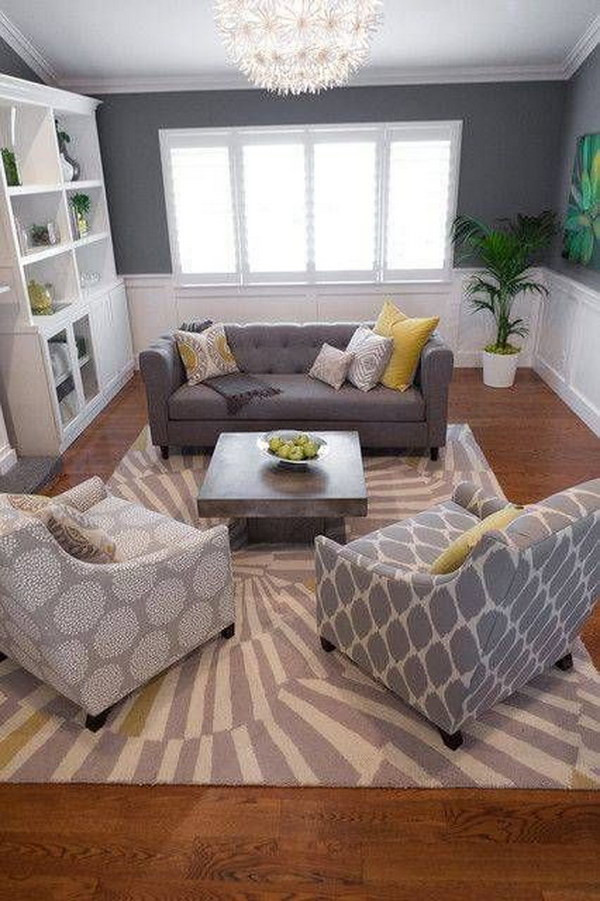

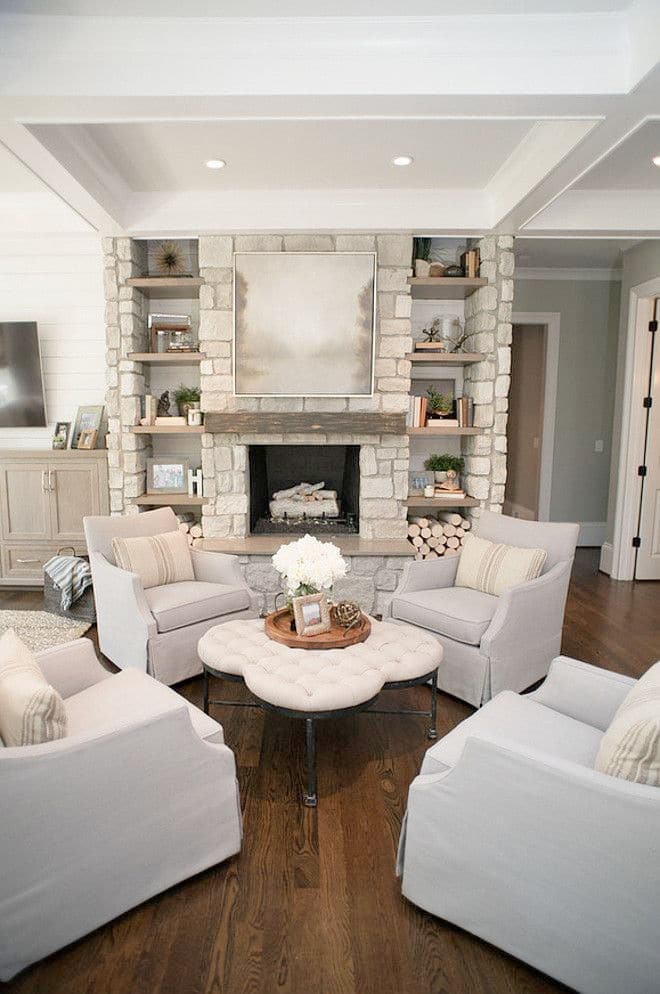


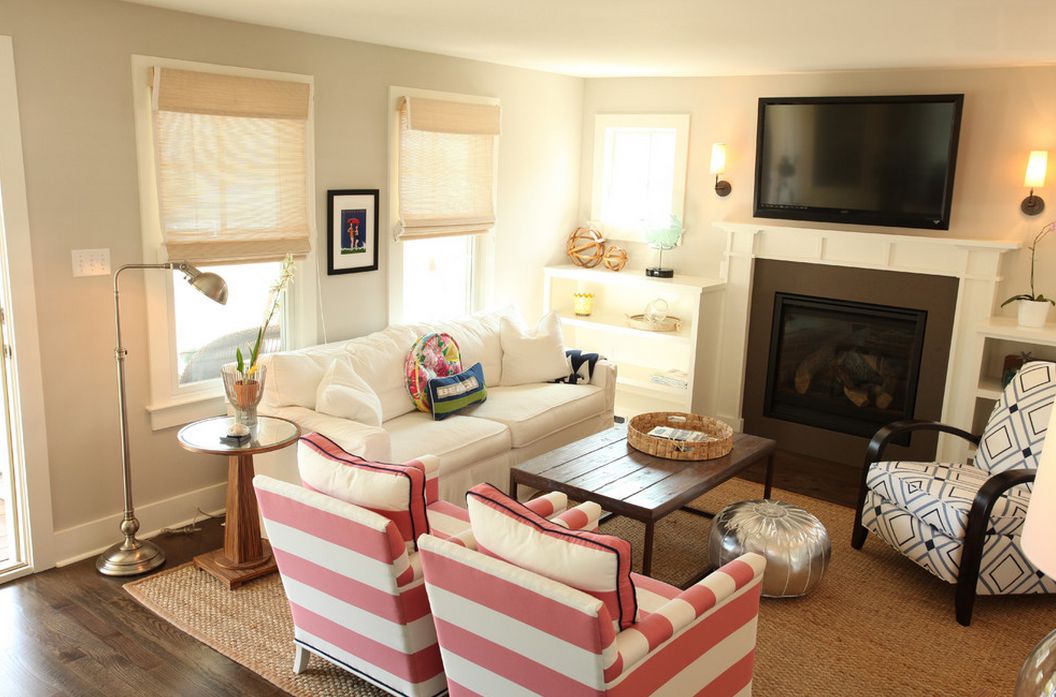
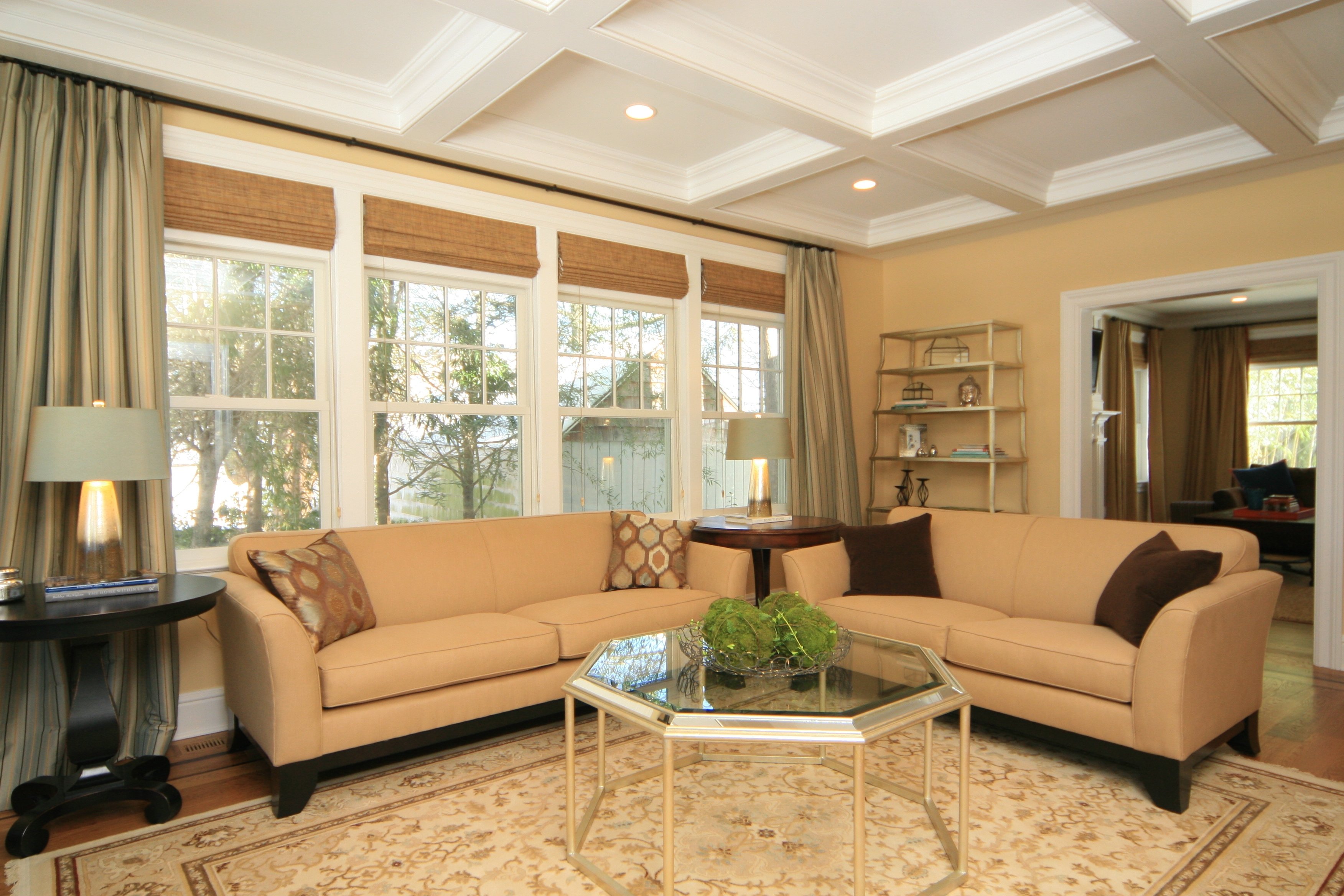


/arrange-furniture-awkward-living-room-5194365-hero-6738bbe71fea4187861db7ad9afbad44.jpg)




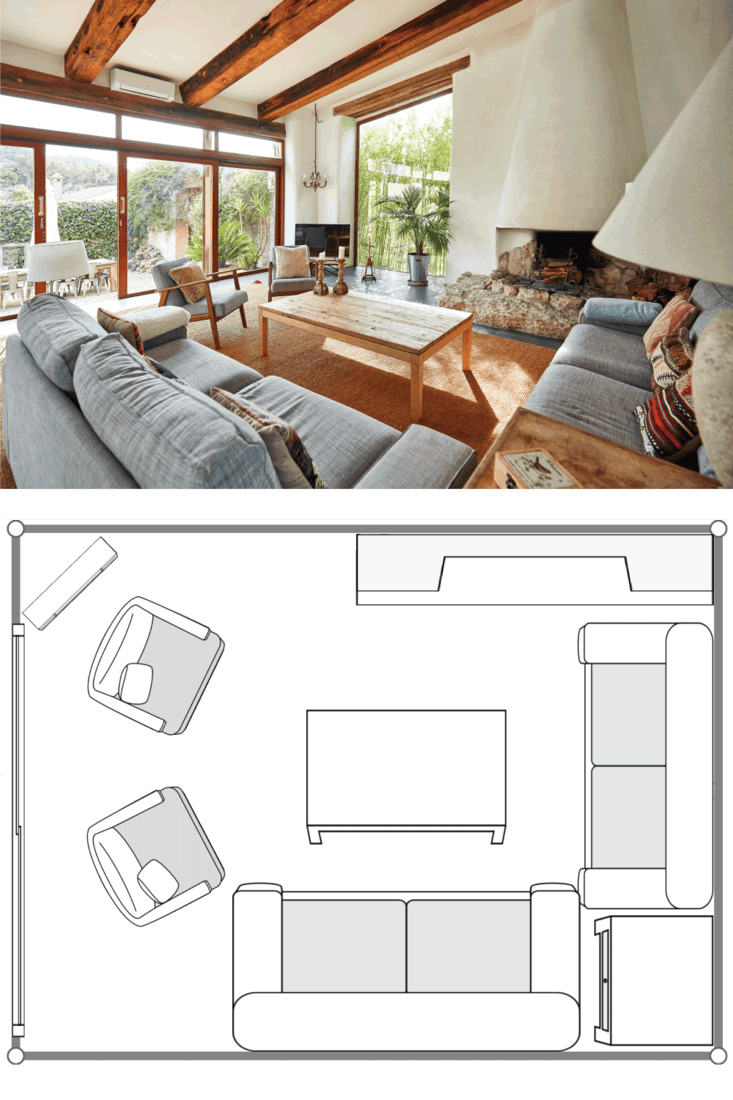


:max_bytes(150000):strip_icc()/Living_Room__001-6c1bdc9a4ef845fb82fec9dd44fc7e96.jpeg)
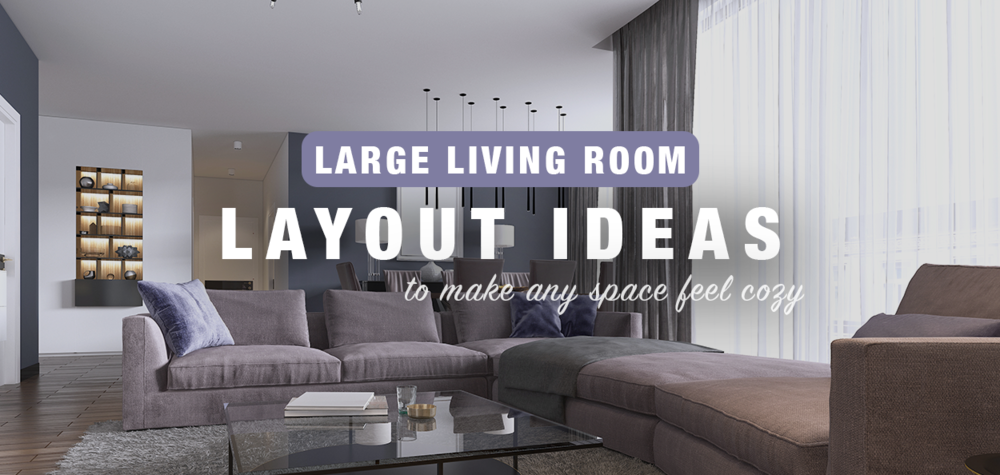
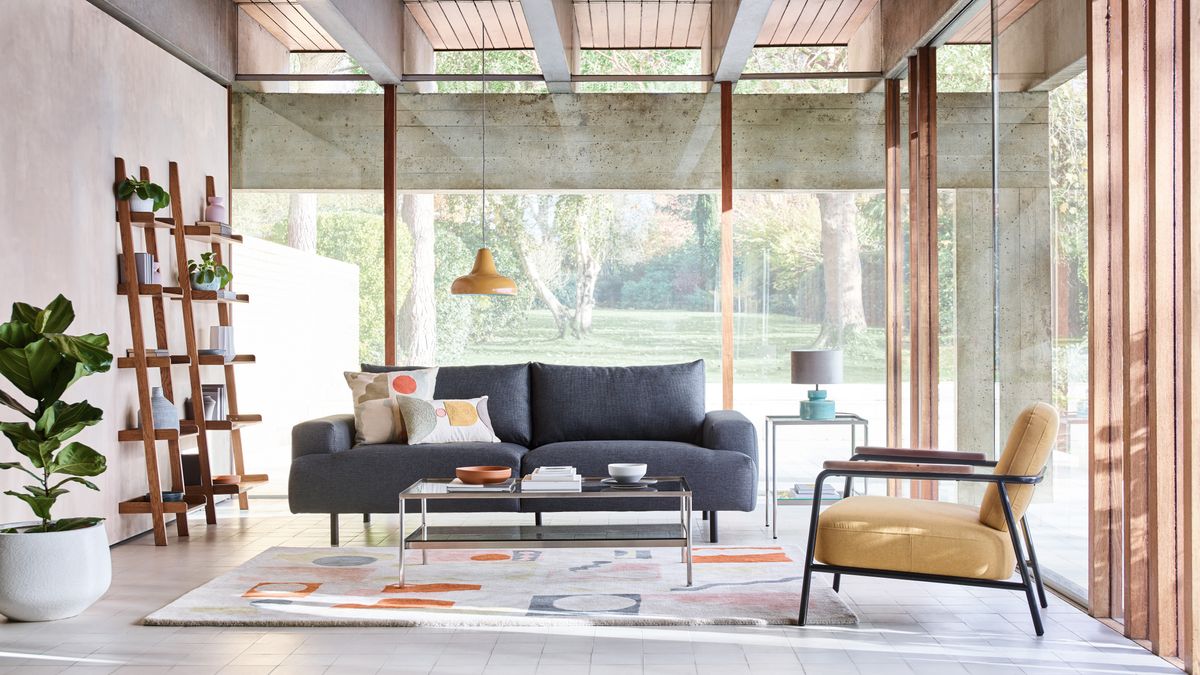


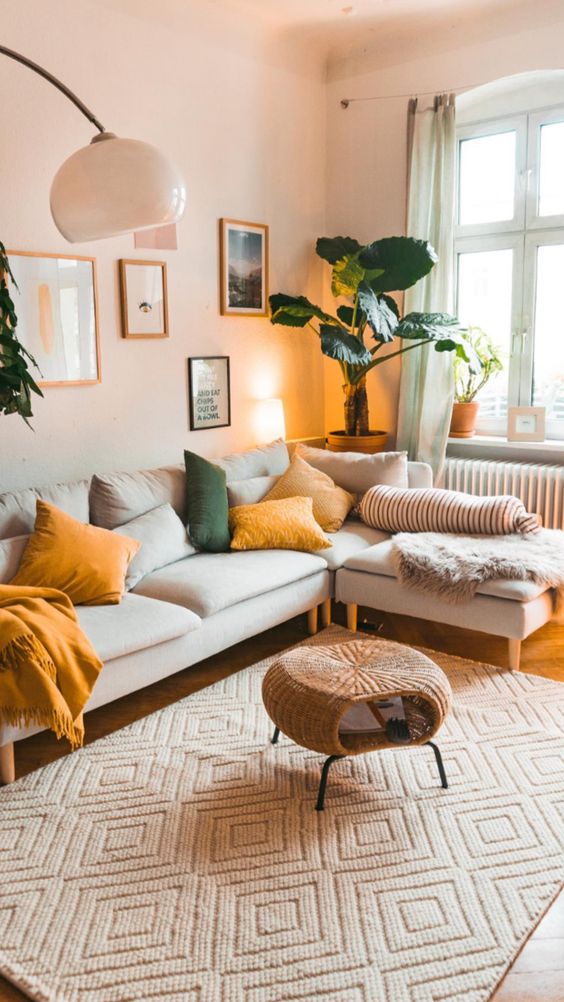


:max_bytes(150000):strip_icc()/lee-home-la-echoearl-5-5b897792c9e77c00258a80e4.jpg)
:max_bytes(150000):strip_icc()/HP-Midcentury-Inspired-living-room-58bdef1c3df78c353cddaa07.jpg)

:max_bytes(150000):strip_icc()/simple-colorful-small-living-room-5b89711546e0fb00259d53f9.jpeg)
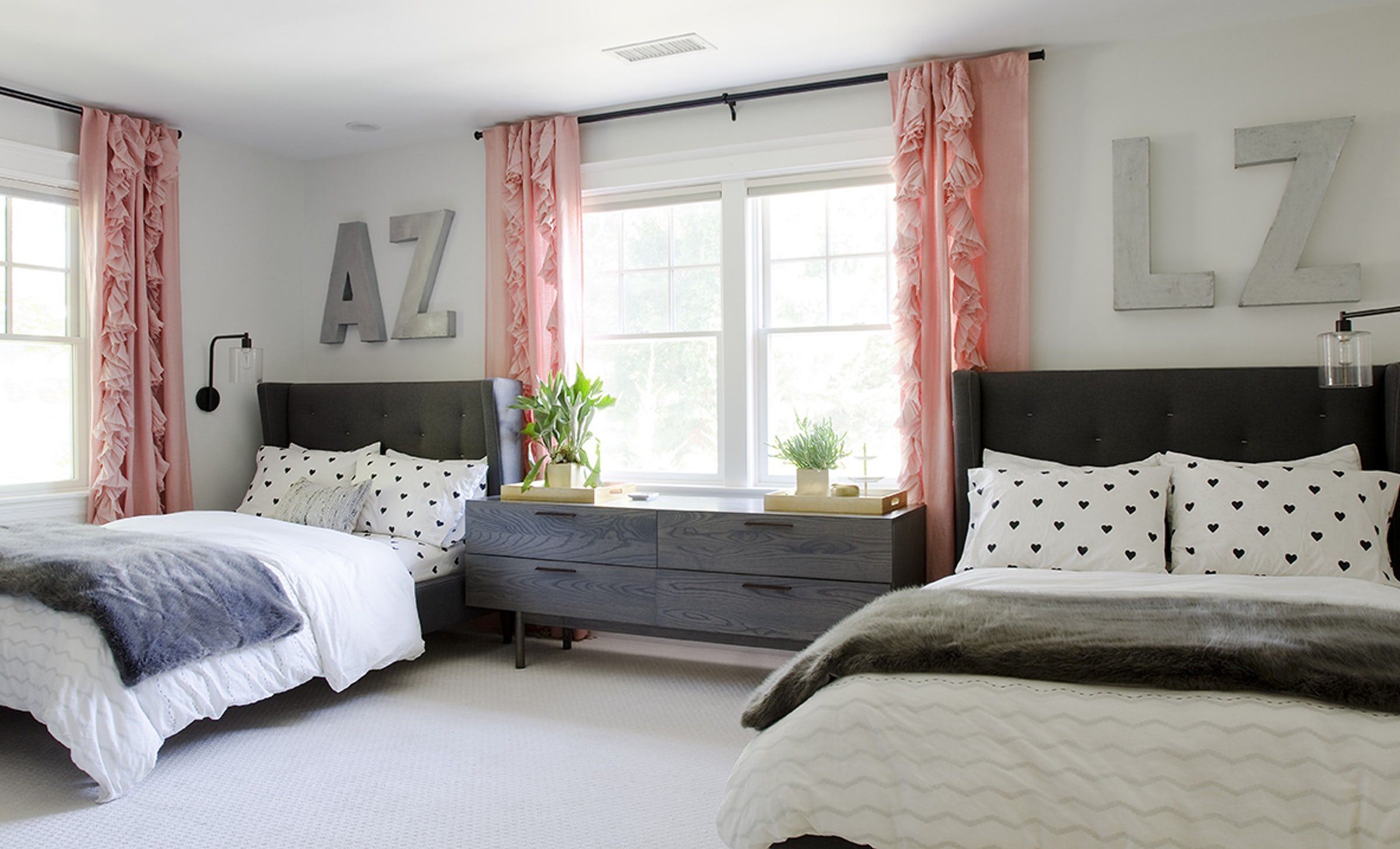

:max_bytes(150000):strip_icc()/Mercedes-White-Small-Living-Room-58a8c6dc3df78c345b35e545.jpg)
